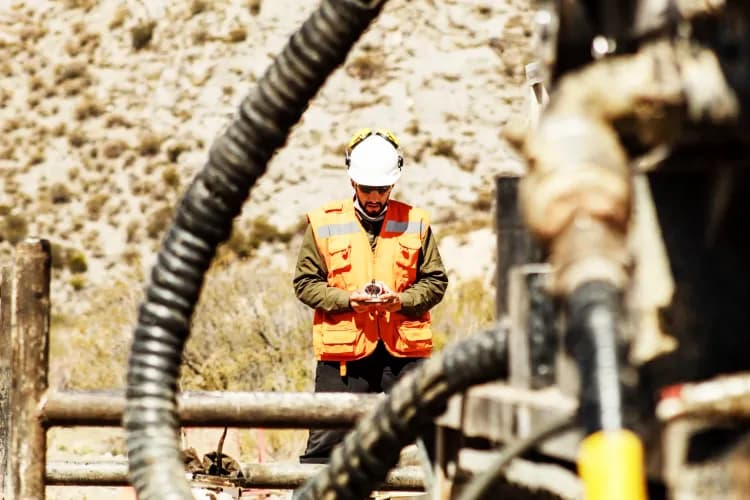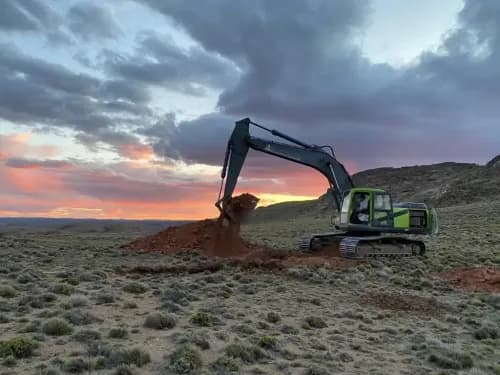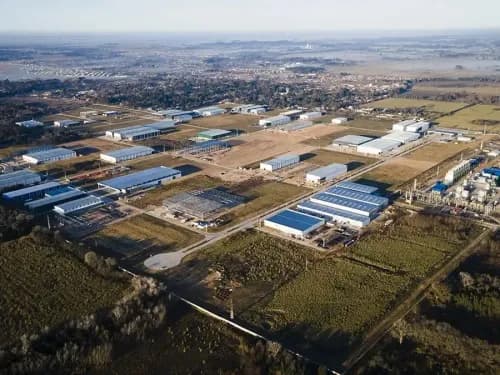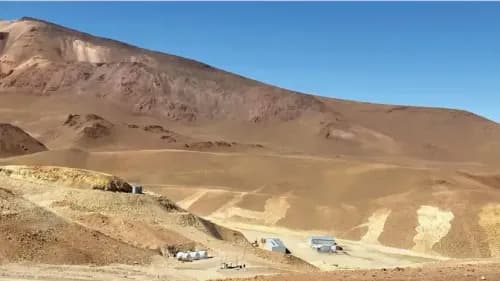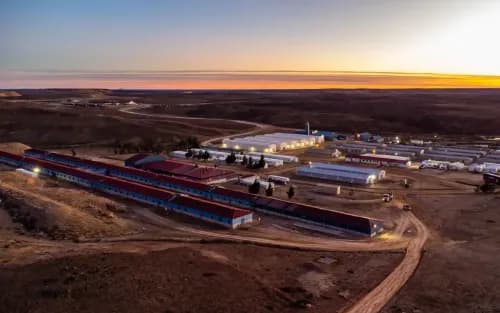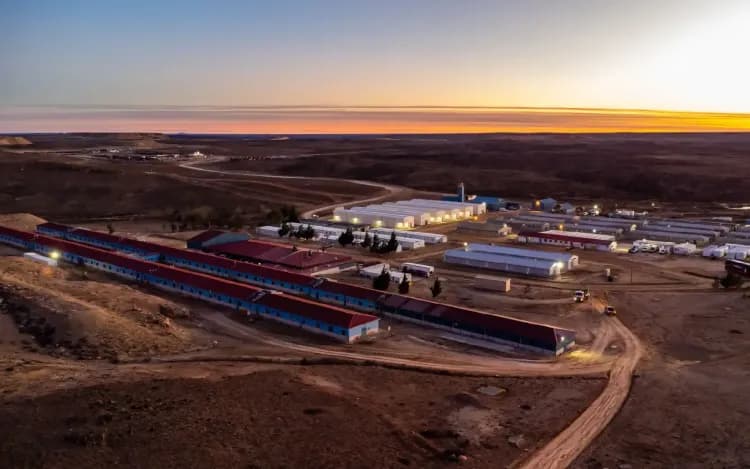The approval of the San Jorge Project in the Chamber of Deputies brings it closer to a privileged position, potentially putting Argentina back on the global copper map.
By Panorama Minero
The preliminary approval granted by the Mendoza Chamber of Deputies to a package of mining laws and Environmental Impact Statements (EIS) is not a simple administrative step. It is, in fact, the first move toward breaking the status quo that has hindered metal mining development in the province for nearly two decades. The second stage—consideration in the Senate—still remains, but the path is expected to be similar.
The initiative, led by the administration of Alfredo Cornejo, marks the most decisive milestone in Mendoza’s recent economic history and sends a strong message to the global market: the province is finally willing to harness its copper potential.
Mendoza’s strategy hinges on the approval of two structural pillars—the Royalties Regime and the Environmental Compensation Fund—along with the EIS of PSJ Cobre Mendocino and the Malargüe Western Mining District (MDMO II).
The core of this process lies in the regulatory anomaly imposed by Law 7,722. Unlike the world’s main mining jurisdictions, Mendoza requires that the technical conclusion of an EIS receive political and legislative approval. This condition turns environmental evaluation into a highly volatile political debate, injecting uncertainty that has historically discouraged major investment.
The Cornejo administration is seeking precisely to dispel this uncertainty through the precedent set by PSJ. The project is moving forward, although it must bear a significant technical cost to comply with the restrictions of Law 7,722. PSJ must discard 50 million tonnes of oxidized ore from its stockpile that, under normal circumstances, would be processed by leaching—a technique banned by the law. Operations are limited to producing concentrate through classic mechanical flotation. This technical concession is the price for achieving political viability, demonstrating that mining can operate within the confines of a restrictive law.
Copper as a Driver of Argentina’s Mining Sector
The approval of PSJ Cobre Mendocino in the Chamber of Deputies carries two major implications. First, it overturns the unanimous rejection that the same deposit (then known as San Jorge) suffered in 2011. Second—and more importantly at the national level—its advancement to the Senate positions it to become one of Argentina’s first copper-producing projects since the closure of Bajo de la Alumbrera. Given the project's size and construction timelines, its legislative success marks a turning point for Argentina’s mining industry, a key supplier of the strategic metal required for the global energy transition.
This political progress comes immediately after a clear electoral victory for the ruling party. The defeat of the main anti-mining leaders, even in traditional strongholds such as Uspallata, granted the Executive Branch the political capital needed to push the legislative debate forward with strength and social legitimacy.
MDMO and the Large-Scale Exploration Strategy
The strategy does not end with PSJ, though PSJ is essential because the entire mining development structure of the Alfredo Cornejo administration depends on a powerful signal—such as the approval of copper production in Mendoza. But the broader push is embodied in Malargüe’s Western Mining District (MDMO II). MDMO represents Mendoza’s large-scale exploratory bet to make up for lost time and build a portfolio of major copper projects.
The district already has 34 approved projects and aims to reach 65 by year-end, with a goal of surpassing 130 by mid-2026. This accelerated pace of exploration is the clearest sign that the province aspires to become a copper development hub, offering investors a robust array of opportunities.
In conclusion, the recent legislative movement represents more than approval: it is a political-economic reckoning that provides Mendoza with conditional regulatory certainty and places it on the threshold of a new mining era that will have direct effects on Argentina’s productive and export matrix.
The Next Battle: Debating the Validity of Law 7,722
Despite the imminent progress of PSJ—which represents the green light for a productive investment—Law 7,722 remains at the center of an unresolved debate, repeatedly mentioned in Wednesday’s legislative session. From the provincial Executive, the strategy is clear: allow time and the actual development of mining activity to set the tone. It will be mining operations themselves, with their needs and results, that determine the optimal political moment to bring forward discussion of a law that, even with the milestone of PSJ, remains fully in effect.
In conclusion, the recent legislative movement is more than an approval; it is a political-economic adjustment that provides Mendoza with a tool it did not previously have and places it on the threshold of a new mining era with direct repercussions for Argentina’s productive and export structure.


